| Common name | Scientific name and subspecies | Range | Size and ecology | IUCN status and estimated population |
|---|
| Gould's jewelfront  | Heliodoxa aurescens
(Gould, 1846) | Brazil, central Ecuador and Peru
 | Size:
Habitat:
Diet: | LC
|
|---|
| Brazilian ruby 
Male

Female | Heliodoxa rubricauda
(Boddaert, 1783) | Brazil(Bahia south to Rio Grande do Sul)
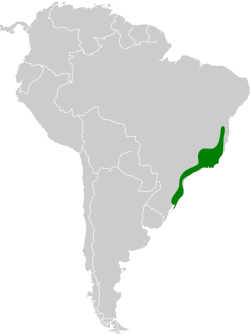 | Size:
Habitat:
Diet: | LC
|
|---|
| Fawn-breasted brilliant  | Heliodoxa rubinoides
(Bourcier & Mulsant, 1846)
- H. r. aequatorialis
- H. r. cervinigularis
- H. r. rubinoides
| Bolivia, Colombia, Ecuador, and Peru
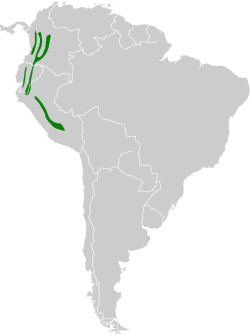 | Size:
Habitat:
Diet: | LC
|
|---|
| Violet-fronted brilliant 
Male

Female | Heliodoxa leadbeateri
(Bourcier, 1843)
| Bolivia, Colombia, Ecuador, Peru, and Venezuela
 | Size:
Habitat:
Diet: | LC
|
|---|
| Velvet-browed brilliant 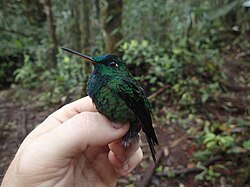 | Heliodoxa xanthogonys
Salvin & Godman, 1882
- H. x. xanthogonys
- H. x. williardi
| Brazil, Guyana, Suriname, and Venezuela
 | Size:
Habitat:
Diet: | LC
|
|---|
| Black-throated brilliant  | Heliodoxa schreibersii
(Bourcier, 1847)
- H. s. schreibersii
- H. s. whitelyana
| Brazil, Colombia, Ecuador and Peru
 | Size:
Habitat:
Diet: | LC
|
|---|
| Pink-throated brilliant
| Heliodoxa gularis
(Gould, 1860) | Colombia, Ecuador, and Peru
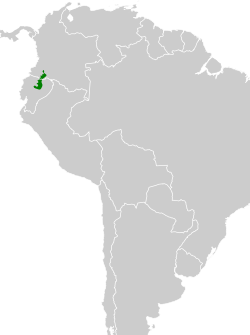 | Size:
Habitat:
Diet: | LC
|
|---|
| Rufous-webbed brilliant
| Heliodoxa branickii
(Taczanowski, 1874) | Peru
 | Size:
Habitat:
Diet: | LC
|
|---|
| Empress brilliant 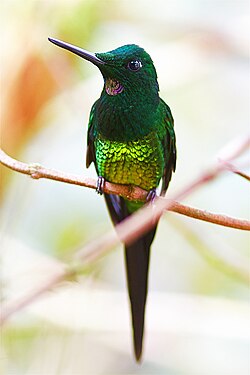 | Heliodoxa imperatrix
(Gould, 1856) | Colombia and Ecuador
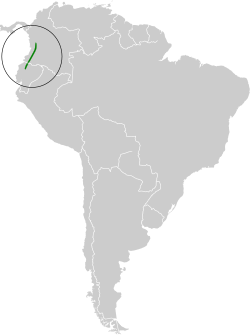 | Size:
Habitat:
Diet: | LC
|
|---|
| Green-crowned brilliant 
Male

Female | Heliodoxa jacula
(Gould, 1850)
- H. j. jacula
- H. j. henryi
- H. j. jamersoni
| Colombia, Costa Rica, Ecuador, and Panama
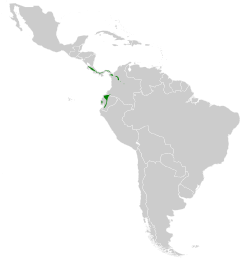 | Size:
Habitat:
Diet: | LC
|
|---|




























